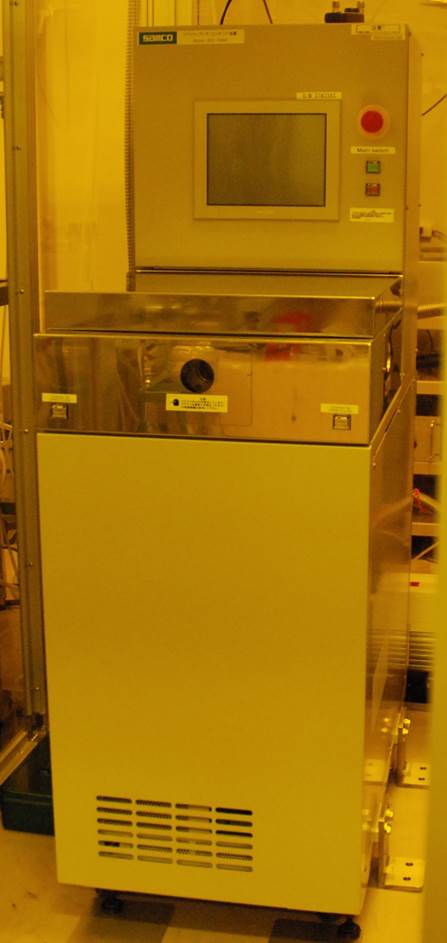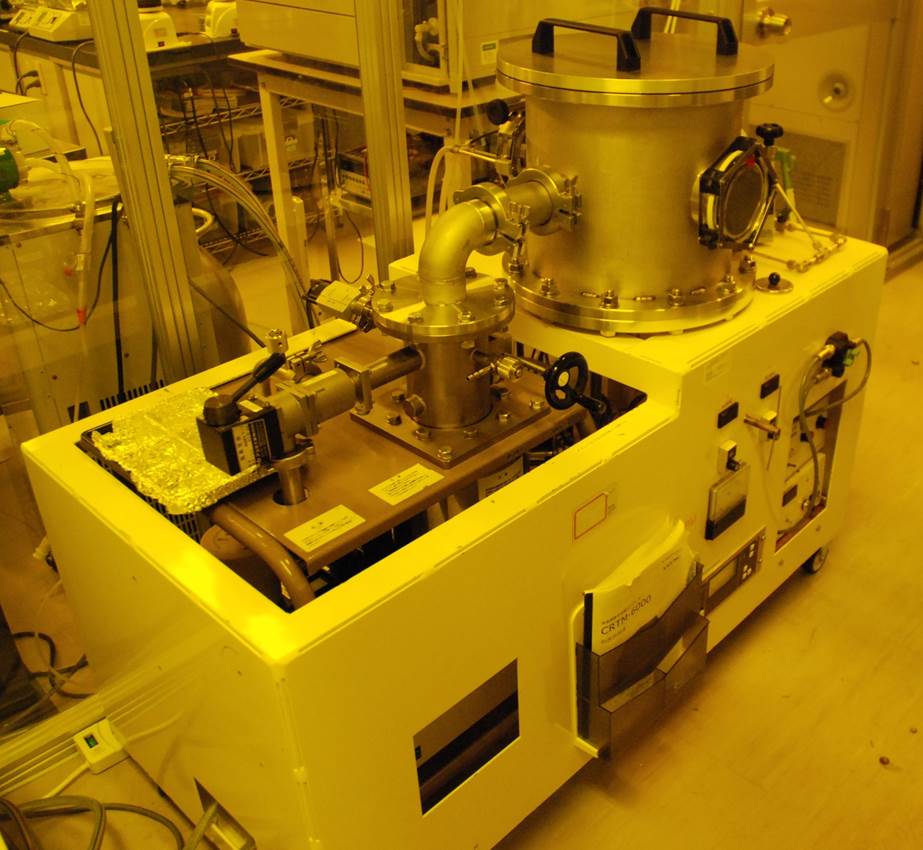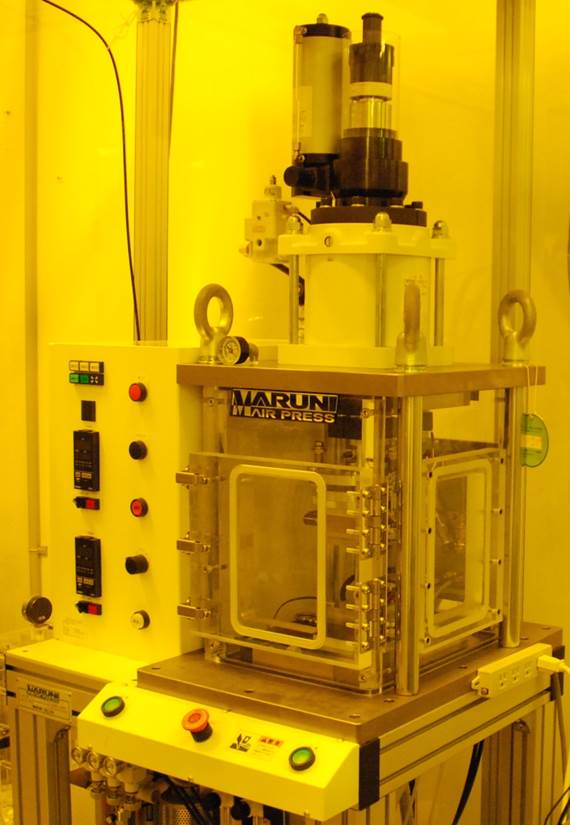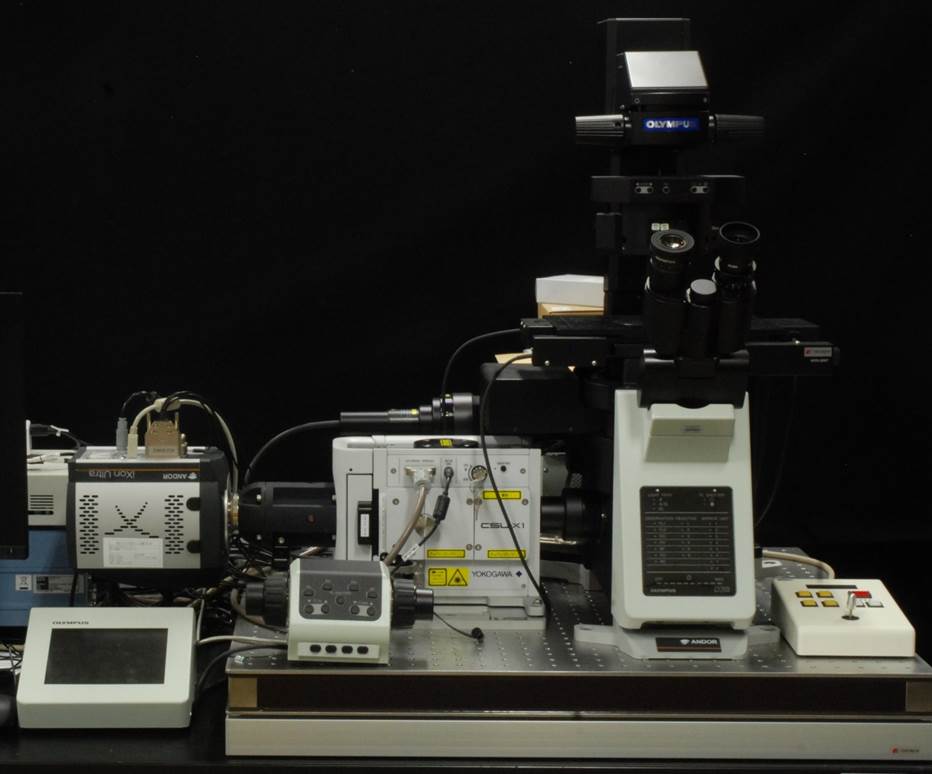Kawano Laboratory, Division of Mechanical Engineering, Department of Mechanical Science and Bioengineering, Graduate School of Engineering Science, The University of Osaka
Fabrications

Reactive Ion Etching (RIE) System
Highly reproducible substrate microfabrication is possible by reactive ion etching. Grooves on the order of 100 nanometers (1/1000th the thickness of a hair) can be dug into the substrate.

Radio Frequency (RF) Sputtering System
It is possible to fabricate thin films of metals and insulators on substrates. In our laboratory, we use photolithography in combination with photolithography to perform fine patterning of Au thin films on substrate

3D Printer
3D optical fabrication of experimental devices and jigs designed using CAD is possible. Shapes that are difficult to fabricate using conventional fabrication techniques can also be fabricated. Experimental devices can be fabricated in several tens of minutes to several hours, allowing experiments to proceed quickly.

Thermal Deposition System
It is possible to fabricate metal thin films on substrates. In our laboratory, we combine photolithography with photolithography to pattern metal thin films on substrates.

Thermal Nanoimprinter
Thermal Nanoimprinter
By pressing a micro-shaped mold onto thermoplastic resin, the mold shape can be transferred to the resin.
Measurements

Optical Tweezer System
Micro and nano particles in fluid can be manipulated by a focused laser. We are conducting research on particle trapping and pattern formation by manipulating materials with light pressure and the associated micro- and nano-scale thermal hydraulics phenomena.

Confocal Microscope System
This is a set of confocal microscope system for observing cross sections in a flow channel. Automatic control of the observation stage and continuous imaging of cross sections enable construction of three-dimensional images.

Atomic Force Microscopy 1
The shape of an object can be identified on the nanometer order by using the change in interatomic force between the tip of the cantilever and the object under observation. In our laboratory, it is used to evaluate the self-assembly patterns of DNA molecules on substrates.

Atomic Force Microscopy 2
The shape of an object can be identified on the nanometer order by using the change in interatomic force between the tip of the cantilever and the object under observation. In our laboratory, it is used to evaluate the self-assembly patterns of DNA molecules on substrates. Observation in vacuum is also possible.